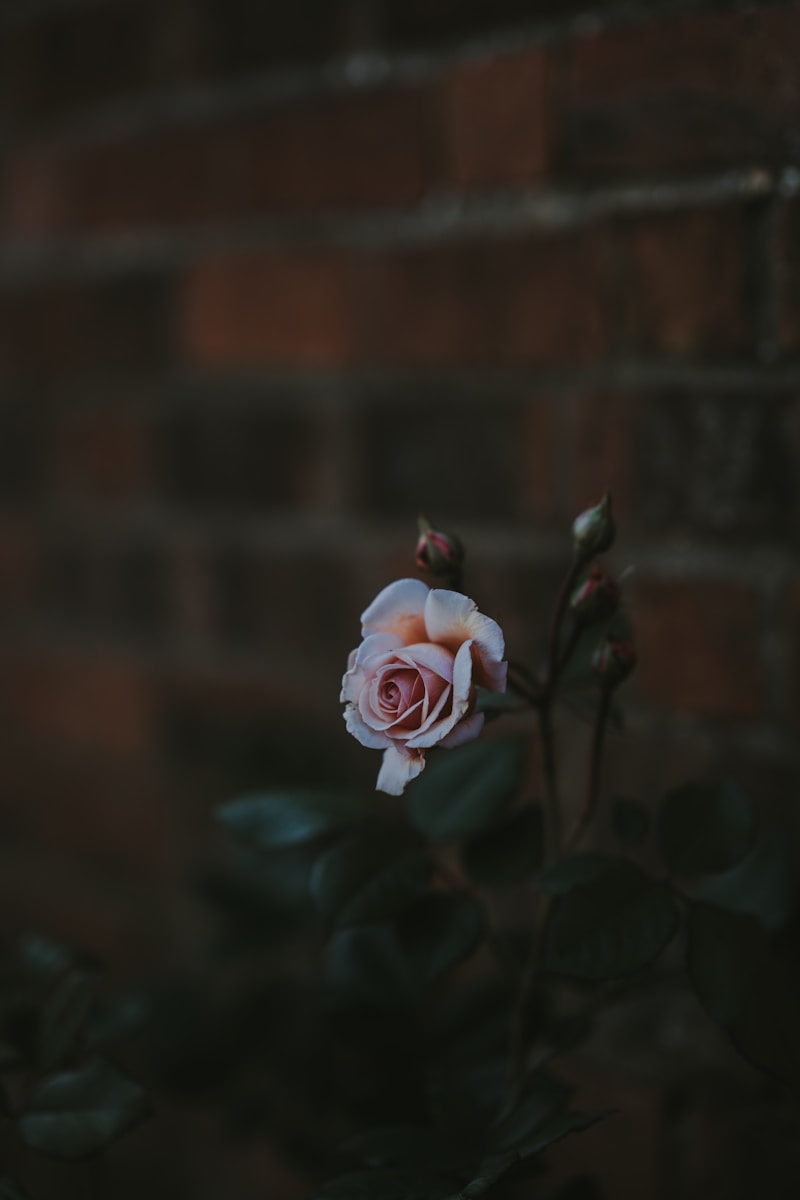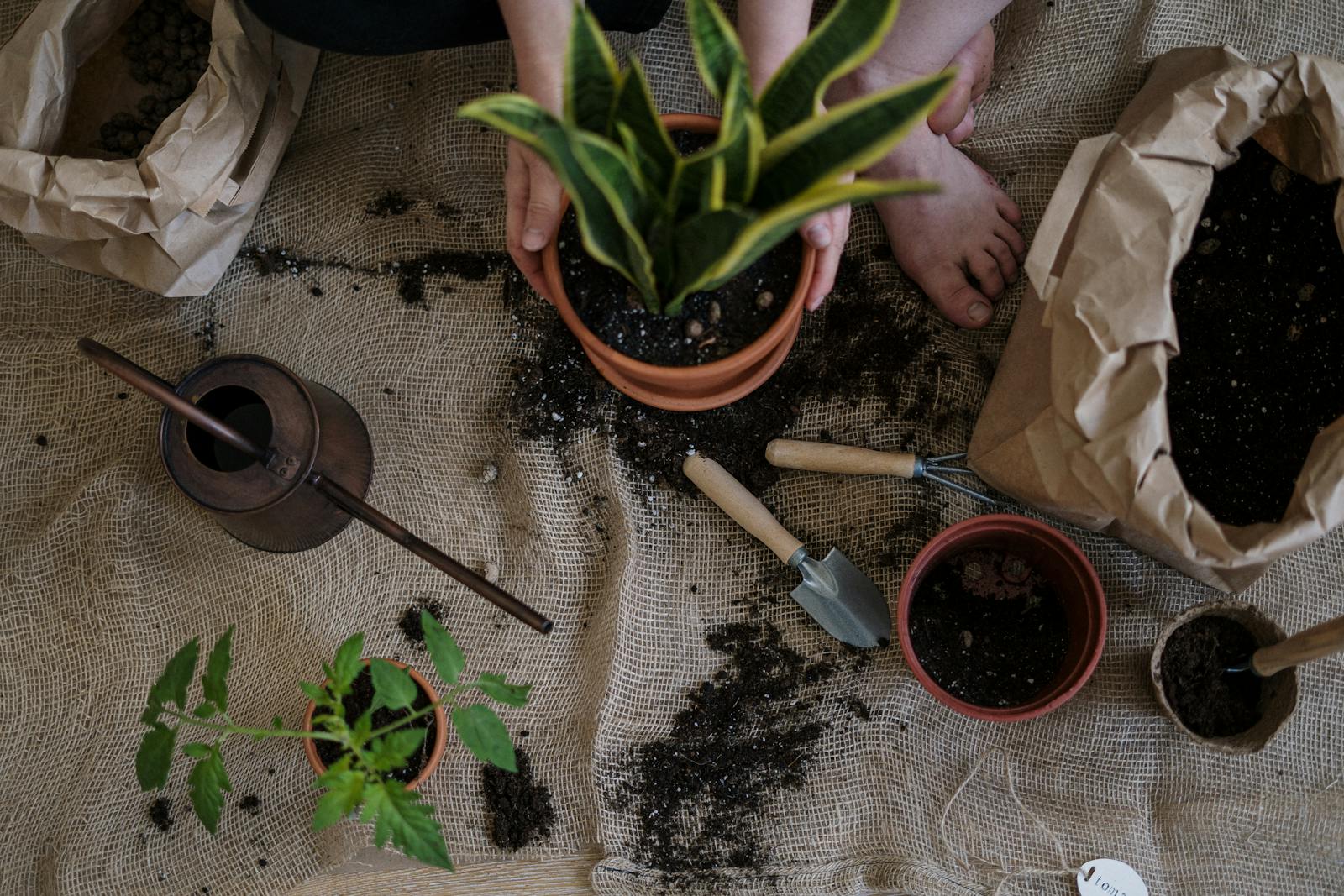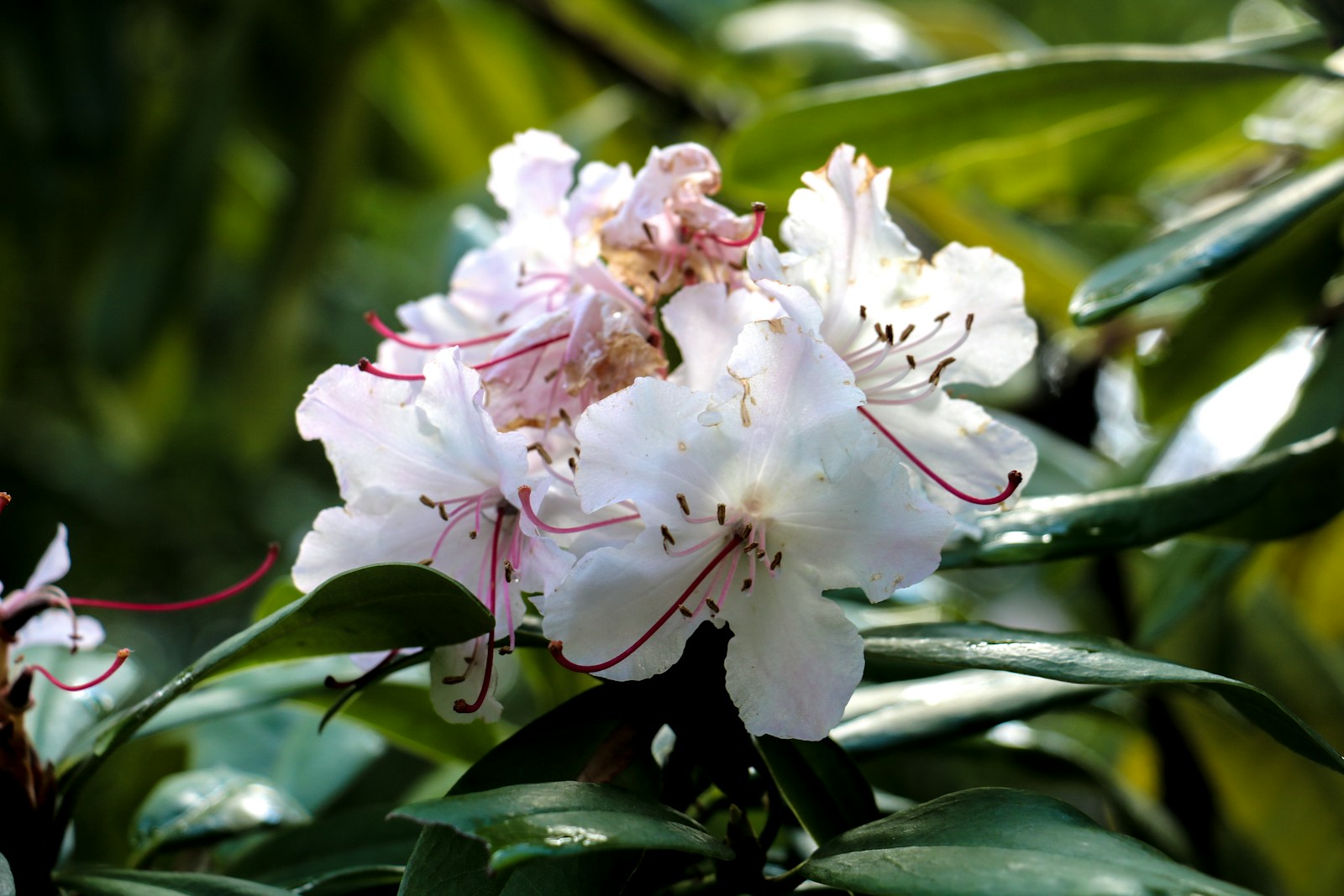Shade-Loving vs. Sun-Loving Flowers
Understanding Sunlight Needs in the Garden
Light is one of the most critical factors in plant success. Each flower has specific sunlight requirements, and recognizing these needs is essential for choosing the right plants. Some thrive in direct sun, while others prefer filtered light or shade.
Assessing your garden’s light levels is the first step. Observe which areas receive full sun (six or more hours), partial sun, or consistent shade. This simple observation will guide every planting decision moving forward.
Creating zones based on sunlight allows you to match plants with the environments they love most—ensuring healthier growth and more vibrant blooms throughout the seasons.
The Key Differences Between Shade and Sun Flowers
Flowers adapted to sunny spots usually exhibit bright, showy blooms and thrive in warm, open spaces. They need plenty of light for photosynthesis and often tolerate heat and drought. Examples include zinnias, cosmos, and sunflowers.
By contrast, shade-loving flowers often prefer cool, moist conditions. They flourish under tree canopies, on the north side of structures, or in other low-light locations. These plants may feature foliage as a focal point and bloom in softer hues. Think impatiens, hostas, and astilbe.
Understanding these distinctions helps you avoid placing sun lovers in dark corners or shade lovers in harsh sunlight, which leads to poor performance and frustration.
Top Picks for Sunny Locations
If your garden basks in full sunlight, you’re in luck—many flowering plants thrive in these conditions. Choose species that embrace heat and light to make the most of the space.
- Marigolds: Cheerful and pest-resistant, perfect for borders.
- Zinnias: Easy to grow with bold, lasting color.
- Salvia: Drought-tolerant and beloved by pollinators.
- Lavender: Aromatic and ideal for dry, sunny spots.
- Black-eyed Susans: Hardy, native flowers that bloom all summer.
These flowers thrive with minimal care and reward you with continuous blooms through the warmest months. Just be sure they have well-drained soil and receive plenty of direct light.
Top Picks for Shaded Spaces
Gardening in shade doesn’t mean sacrificing color. Many beautiful flowers are suited to low-light conditions and bring interest to the dimmest corners of your yard.
- Impatiens: Bright, non-stop bloomers for dense shade.
- Hostas: Grown for foliage, but also offer summer flower spikes.
- Astilbe: Feathery blooms and fern-like leaves.
- Toad Lily: Unique, orchid-like flowers late in the season.
- Fuchsia: Ideal for hanging baskets in filtered light.
These shade lovers prefer rich, moist soil and protection from afternoon heat. They bring balance and variety to a garden dominated by sun-demanding species.
Creating Harmony Between Light Zones
It’s entirely possible to blend both plant types in one cohesive garden. Understanding how to transition between sun and shade is key. Use pathways or focal points like benches and birdbaths to bridge these zones.
In partial shade areas, use flexible plants such as begonias or coral bells that tolerate both light levels. This creates flow and connects different garden sections while maintaining plant health.
The thoughtful arrangement of shade-loving vs. sun-loving flowers allows you to enjoy blooms everywhere—no matter the lighting conditions. A successful garden makes the most of every microclimate.
Adjusting Soil and Water for Each Type
Soil composition and watering routines often need to be tailored depending on light exposure. Sunny spots dry out faster, so plants growing there tend to benefit from soil that drains well but retains some moisture. Add compost or mulch to boost water retention.
Shaded areas often stay cooler and damper. This can lead to problems like root rot if soil holds too much water. In those spaces, lighten soil with sand or perlite and choose plants adapted to moisture.
By adjusting your approach for each condition, you set both sun and shade flowers up for healthy, productive growth without overcomplicating your routine.
Seasonal Bloom Planning
Coordinating bloom times enhances your garden’s appearance and ensures it remains colorful for as long as possible. Some flowers bloom early, others peak in summer, and a few continue into fall or even winter.
In sunny areas, start the season with tulips and daffodils. Move into summer with zinnias and salvia, and wrap up with chrysanthemums. For shady spaces, use early hellebores, mid-season astilbe, and late-season toad lilies.
Creating a planting calendar or noting bloom times helps you fill in gaps and maintain continuity. This is especially helpful when designing mixed-light landscapes with varied bloom patterns.
Using Containers to Balance Light Needs
Container gardening is an excellent solution for managing differing light needs, especially in small yards, patios, or transitional areas. You can move pots throughout the day or season to optimize exposure.
Choose compact varieties for shade, like coleus or ferns, and pair them with sun lovers like geraniums or lantana in brighter areas. Containers also let you experiment with color combinations or highlight individual plants.
This method offers maximum flexibility and can be a stepping stone to more complex landscaping. It’s also a great way to bring flowers into spaces where in-ground beds aren’t an option.
Design Tips for Visual Unity
Even with a variety of light conditions, your garden can look cohesive. Use repetition of colors or plant shapes to tie different areas together. For example, echo a coral bloom in both sun and shade zones for a unifying touch.
Ground covers like sweet alyssum or lamium can connect paths or border areas. Decorative elements such as trellises, pots, or stones can also serve as visual anchors across lighting zones.
With thoughtful layout and a few connecting details, your garden becomes one harmonious space, despite the light variation. This approach maximizes both function and beauty.
Common Mistakes and How to Avoid Them
Avoiding mismatches between plant needs and garden conditions is key. A common error is placing full-sun plants in shade or expecting shade-tolerant species to thrive in intense sunlight. Both scenarios lead to leggy growth or scorched leaves.
Another mistake is assuming shade plants need no light. Many thrive in dappled or partial shade—not deep darkness. Similarly, overwatering shaded beds or underwatering sunny ones can cause stress and disease.
Labeling garden zones and reading plant tags carefully helps you avoid these pitfalls. With a little awareness, your garden will become more resilient and easier to maintain.
Adapting to Microclimates in Your Yard
Even within a single yard, light and moisture levels can vary. These microclimates are often caused by shadows from buildings, fences, or trees, and they offer unique opportunities for planting.
Observe your garden closely at different times of day to spot these variations. A bed that’s sunny in the morning might be shaded by afternoon. This knowledge allows you to match plants more precisely to conditions.
Leveraging microclimates leads to healthier plants and a more dynamic garden. Instead of fighting nature, you’re working with it—maximizing what each space has to offer.
Companion Planting by Light Requirements
Grouping flowers by light preference helps simplify care and boosts growth. When plants with similar needs share space, they compete less and benefit more from coordinated watering and soil conditions.
For sunny zones, combine marigolds with cosmos or verbena. In shaded areas, pair astilbe with ferns and hostas. The visual synergy and consistent growth make these areas look lush and unified.
Companion planting also aids pest control and pollinator attraction. With the right combos, your garden becomes not only more beautiful but also more resilient and productive.
Creating Focal Points with Light-Loving Blooms
Bold sun-lovers often make excellent focal points. Their height, color intensity, and structure draw the eye and give shape to your design. Use them at bed corners, along paths, or as a backdrop to lower-growing plants.
Flowers like sunflowers, hollyhocks, or delphiniums bring drama to a space and guide the viewer’s attention. Accent these with low-spreading plants in complementary tones for contrast and interest.
Strong focal points provide a visual rhythm and keep your garden from feeling chaotic. They anchor the layout and highlight the sunniest spots effectively.
Maximizing Shade with Reflective Surfaces
Shaded areas can sometimes feel dark or closed in. One creative way to brighten them is by using reflective materials—mirrors, light-colored stones, or metal sculptures—to bounce light around.
These elements enhance visibility and make shaded spaces feel more inviting. They also showcase delicate shade blooms by amplifying their colors and textures without adding direct sun exposure.
With this simple design tweak, even the quietest corners of your garden gain personality and visual lift, allowing your shade-loving flowers to truly shine.
Designing a Balanced and Responsive Garden
A thoughtful garden is never static. It evolves with the seasons, the light, and your experience. By understanding the needs of both sun and shade-loving flowers, you create a flexible, balanced space that rewards observation and care.
Adaptability is key. Swap in new plants as conditions shift, rotate containers, or adjust watering patterns based on weather. The more in tune you are with your garden, the more successful and satisfying it becomes.
Ultimately, a well-planned garden celebrates every corner—bright or dim—and turns diverse conditions into beautiful opportunities for growth.
Frequently Asked Questions
How do I tell if an area is full sun or partial shade?
Full sun means the area receives at least six hours of direct sunlight daily. Partial shade gets around three to six hours, often during cooler parts of the day. Track light patterns to make the right assessment.
Can I grow sun-loving flowers in containers?
Yes, many thrive in pots. Just ensure the container is large enough, well-drained, and placed in a location with ample sunlight. Watering may need to be more frequent due to evaporation.
Which flowers bloom best in dense shade?
Impatiens, toad lilies, astilbe, and some ferns do well in deep shade. Choose plants specifically labeled for full shade to get the best results in darker areas of your garden.
What’s the best soil for sun vs. shade gardens?
Sunny gardens benefit from well-drained, slightly sandy soils. Shaded beds often do better with moisture-retaining, humus-rich soils. Amend as needed to match the plant’s needs and improve drainage or retention.
Can I mix sun and shade plants in one bed?
Only if the lighting varies within the bed. Otherwise, group plants by their light preference. Transitional areas can be great for blending, using adaptable species as visual bridges between zones.
© 2025 GardeningandDecor.com. All rights reserved.



